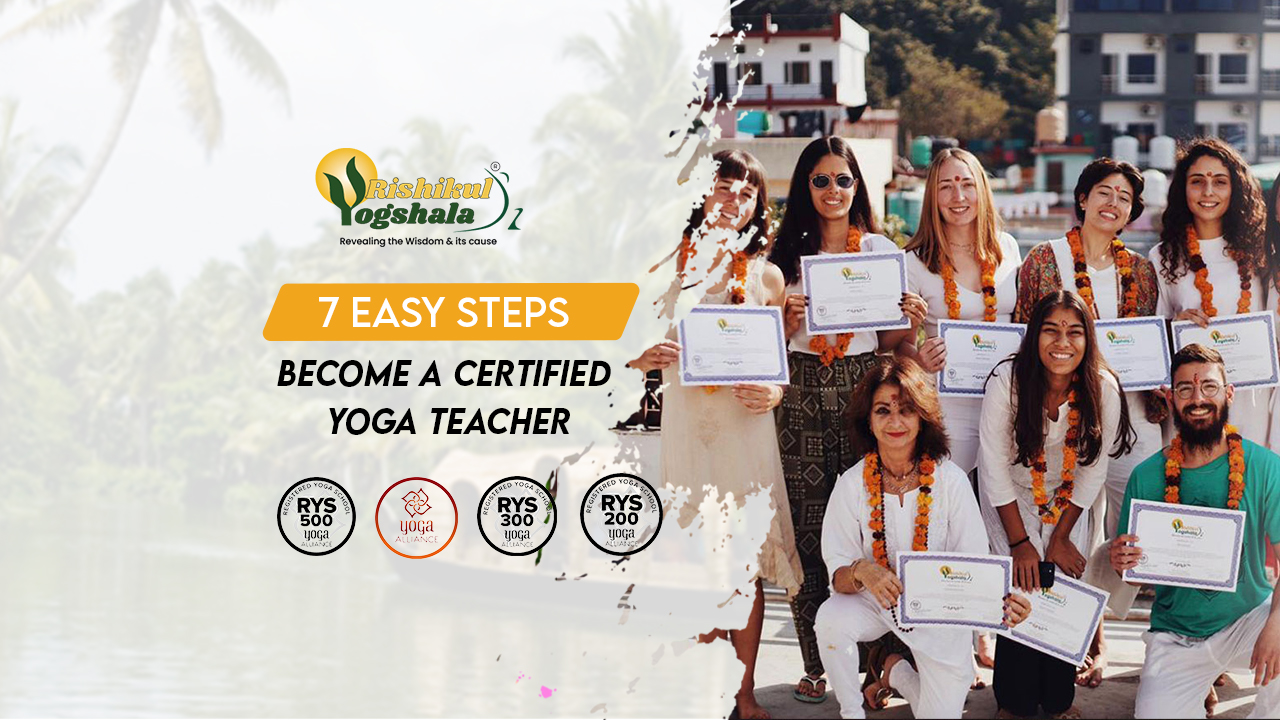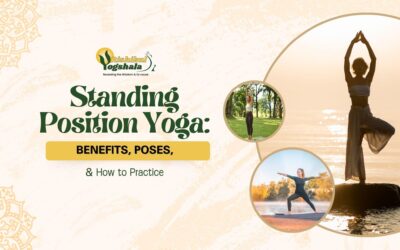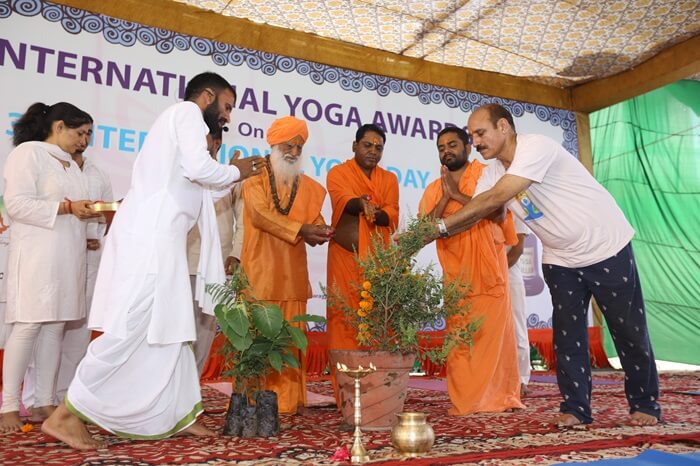Your Ultimate Step-by-Step Guide to Becoming a Certified Yoga Teacher!
Becoming a certified yoga teacher is a fulfilling journey that allows you to share the benefits of yoga with others. Whether you aspire to teach yoga full-time or part-time, obtaining certification ensures you have the knowledge and skills to guide your students safely and effectively.

1. Deepen Your Personal Practice
Before teaching others, it’s essential to have a solid personal practice. Spend time exploring different styles of yoga to find the one that resonates with you the most. Attend classes regularly, practice at home, and immerse yourself in the philosophy and lifestyle of yoga. The deeper your practice, the more authentic your teaching will be, setting a strong foundation for becoming a Certified Yoga Teacher.
Tips:
- Attend workshops and retreats to deepen your practice.
- Read books on yoga philosophy, anatomy, and history.
- Practice consistently to build a strong foundation.
2. Choose the Right Yoga Teacher Training Program
Selecting the right yoga teacher training (YTT) program is crucial. Look for a program accredited by Yoga Alliance, as this certification is widely recognized. Consider factors like the program’s curriculum, duration, location, and the experience of the lead teachers.
Tips:
- Research various YTT programs online and read reviews.
- Attend information sessions or open houses offered by training schools.
- Speak with graduates of the program to get their insights.
Explore programs at Rishikul Yogshala to find the right fit for you, including options like the 200 Hour Yoga Teacher Training in India , 300 Hour Yoga Teacher Training India, and 500 hour Yoga Teacher Training in Kerala.
3. Complete the Required Training Hours
Most YTT programs require you to complete a certain number of training hours. The standard is 200 hours for a foundational certification (RYT 200), but there are also advanced programs (RYT 300/500) that provide deeper training. These hours typically cover topics such as yoga philosophy, anatomy, teaching methodology, and hands-on practice, helping you become a Certified Yoga Teacher.
Tips:
- Stay committed and attend all training sessions.
- Engage actively in lectures, discussions, and practical sessions.
- Complete any homework or assignments given by your instructors.
4. Practice Teaching
Practice teaching is a critical component of your training. This experience helps you build confidence, find your teaching voice, and refine your skills. Start by teaching friends, family, or fellow trainees. The more you teach, the more comfortable you’ll become in leading a class, preparing you to become a Certified Yoga Teacher.
Tips:
- Volunteer to teach community classes or at local studios.
- Record yourself teaching and review the footage to identify areas for improvement.
- Ask for feedback from your peers and mentors.
5. Obtain Certification
Upon completing your training, you’ll receive a certificate from your YTT program. With this certification, you can register with Yoga Alliance to become a certified yoga teacher (RYT). This registration enhances your credibility and may be required by some employers.
Tips:
- Ensure all your training hours and requirements are fulfilled before applying.
- Submit your application to Yoga Alliance and pay the necessary fees.
- Keep a copy of your certificate and registration for your records.
6. Gain Teaching Experience
After certification, gaining practical teaching experience is essential. Start by teaching classes at local studios, gyms, community centers, or online. Each class you teach will help you grow as an instructor and build your student base, strengthening your journey as a Certified Yoga Teacher.
Tips:
- Offer free or donation-based classes to gain experience.
- Network with other yoga teachers and studio owners to find opportunities.
- Continuously seek feedback from your students to improve your teaching.
7. Continue Your Education and Professional Development
Yoga is a lifelong journey of learning. Continuing your education ensures you stay current with new developments and deepen your understanding. Consider taking advanced training, attending workshops, and participating in retreats. Many yoga teachers also specialize in areas such as prenatal yoga, yoga therapy, or children’s yoga.
Tips:
- Attend advanced YTT programs (RYT 300/500) to further your knowledge.
- Join professional organizations and attend conferences.
- Stay updated with the latest research and trends in yoga.

Conclusion
Becoming a certified yoga teacher is a rewarding path that combines dedication, passion, and lifelong learning. By following these steps, you’ll be prepared to share the transformative practice of yoga with others. Remember, certification is just the beginning of a fulfilling journey in teaching and personal growth. For more information on training programs and retreats, visit Rishikul Yogshala and explore options like the Ayurveda Retreat in Kerala and Yoga Retreat in Kerala. Namaste!
















